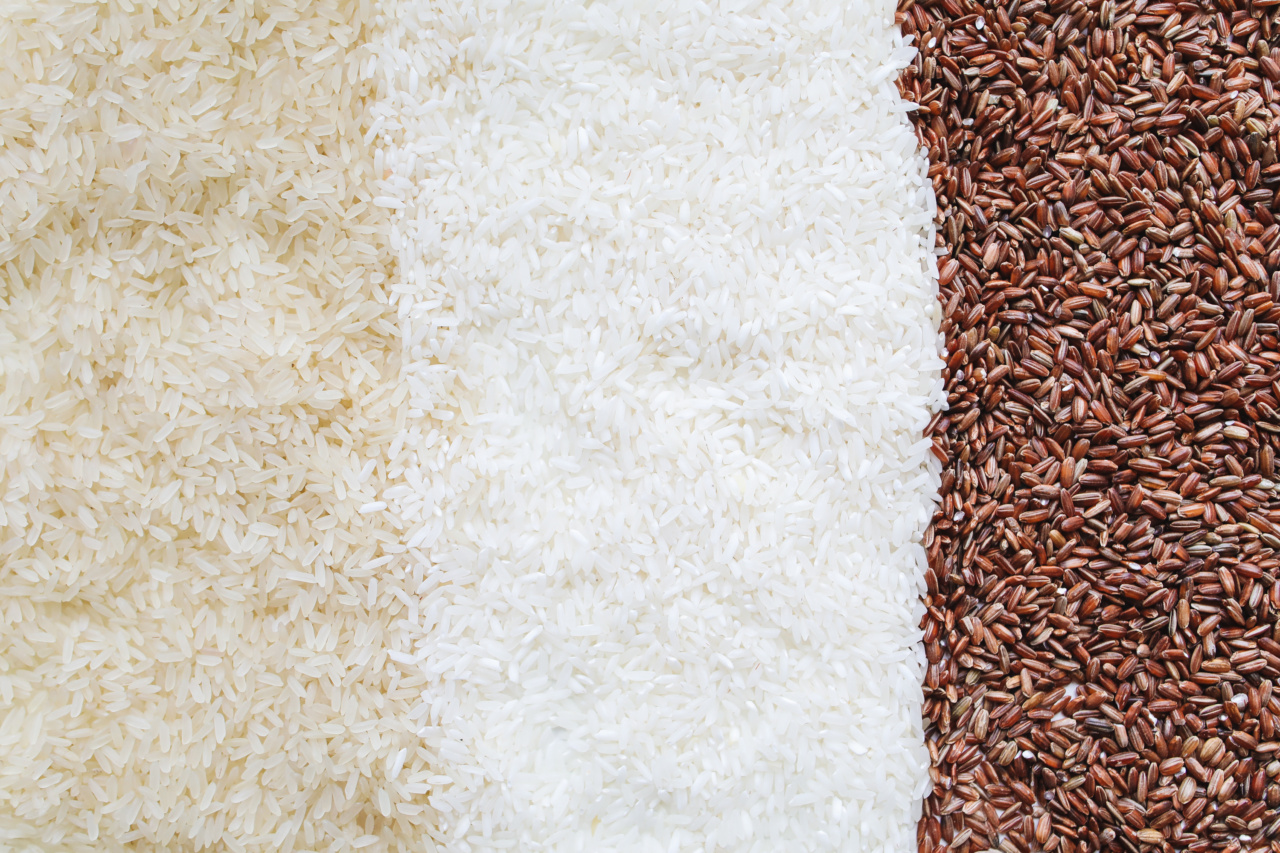When it comes to maintaining a healthy diet, one cannot overlook the role of fiber. Fiber is an essential nutrient that offers a wide range of health benefits, making it a true nutritional powerhouse.
Whether you are looking to improve digestion, manage weight, or boost heart health, incorporating fiber into your meals is a must. In this article, we will explore the various types of fiber, their sources, and how they positively impact our overall well-being.
Types of Fiber
Fiber is classified into two categories: soluble and insoluble fiber. Both types are essential for maintaining optimal health and should be included in your diet.
Soluble Fiber
Soluble fiber, as the name suggests, dissolves in water and forms a gel-like substance in the digestive tract. It can be found in various fruits, vegetables, legumes, and grains. The benefits of soluble fiber are manifold.
Firstly, it promotes bowel regularity by softening stools and preventing constipation. This makes it particularly helpful for individuals struggling with digestive issues.
Moreover, soluble fiber plays a crucial role in lowering cholesterol levels. It binds to cholesterol in the digestive system, preventing its absorption into the bloodstream.
By reducing LDL (bad) cholesterol, soluble fiber effectively supports heart health and reduces the risk of cardiovascular diseases.
Insoluble Fiber
Unlike soluble fiber, insoluble fiber does not dissolve in water. Instead, it adds bulk to the stool, acting as a natural laxative and aiding in regular bowel movements.
Insoluble fiber is commonly found in whole grains, nuts, seeds, and the skin of fruits and vegetables. Its primary role is to prevent and alleviate constipation, keeping your digestive system in optimal condition.
The Benefits of Fiber
The consumption of fiber-rich foods has countless benefits for our overall well-being. Let’s explore some of the key advantages that make fiber a true nutritional powerhouse.
Promotes Digestive Health
Fiber is essential for maintaining a healthy digestive system. It adds bulk to the stool, preventing constipation and promoting regular bowel movements. Both soluble and insoluble fiber work together to keep your digestive system running smoothly.
By incorporating fiber into your diet, you can say goodbye to bloating, cramps, and other unpleasant digestive issues.
Aids in Weight Management
If you are looking to shed a few pounds or maintain a healthy weight, fiber-rich foods should be at the top of your list. High-fiber foods are generally low in calories and help you feel fuller for longer periods.
This reduces the likelihood of overeating and snacking on unhealthy, calorie-dense foods. Additionally, the act of chewing fiber-rich foods takes longer, providing a signal of satiety to your brain, preventing excessive calorie intake.
Regulates Blood Sugar Levels
Fiber plays a crucial role in regulating blood sugar levels. Soluble fiber slows down the absorption of sugars into the bloodstream, preventing sudden spikes in blood glucose levels.
By promoting stable blood sugar levels, fiber helps manage conditions such as diabetes and can even reduce the risk of developing type 2 diabetes.
Supports Heart Health
Fiber is renowned for its positive effects on heart health. By reducing LDL (bad) cholesterol levels, the risk of cardiovascular diseases such as heart attacks and strokes is significantly decreased.
Additionally, soluble fiber may help lower blood pressure, another critical factor in maintaining a healthy heart.
Enhances Gut Microbiome
The gut microbiome, composed of trillions of beneficial bacteria, plays a vital role in various aspects of our health. Fiber acts as a prebiotic, feeding these beneficial bacteria and promoting their growth.
By nourishing the gut microbiome, fiber enhances digestive health, supports the immune system, influences mental well-being, and even plays a role in weight management.
Incorporating Fiber Into Your Diet
Now that we understand the importance and benefits of fiber, it is essential to know how to incorporate it into our daily diet. Here are some simple tips to boost your fiber intake:.
1. Choose Whole Grains
Opt for whole grain bread, pasta, and cereals instead of refined grains. Whole grains retain their fiber content, providing you with extra nutrients and health benefits.
2. Load Up on Fruits and Vegetables
Fruits and vegetables are excellent sources of both soluble and insoluble fiber. Aim to include a variety of colorful produce in your meals to maximize your fiber intake.
3. Snack on Nuts and Seeds
Nuts and seeds, such as almonds, flaxseeds, and chia seeds, are packed with fiber and make for healthy and satisfying snacks. Sprinkle them over salads, yogurts, or incorporate them into your baking recipes.
4. Legumes for the Win
Legumes, including beans, lentils, and chickpeas, are not only rich in fiber but also offer a host of other important nutrients. Add them to soups, stews, or prepare delicious bean-based dips for a fiber-filled meal.
5. Don’t Forget About Fiber Supplements
If you struggle to meet your daily fiber requirements through food alone, consider incorporating fiber supplements into your routine. Psyllium husk and wheat bran are excellent options.
Conclusion
Fiber is undoubtedly a nutritional powerhouse that offers a wide range of health benefits.
By incorporating both soluble and insoluble fiber into your diet, you can improve digestion, maintain a healthy weight, promote heart health, and stabilize blood sugar levels. Remember to make the necessary dietary adjustments and opt for fiber-rich foods to experience the incredible effects of this essential nutrient on your overall well-being.































